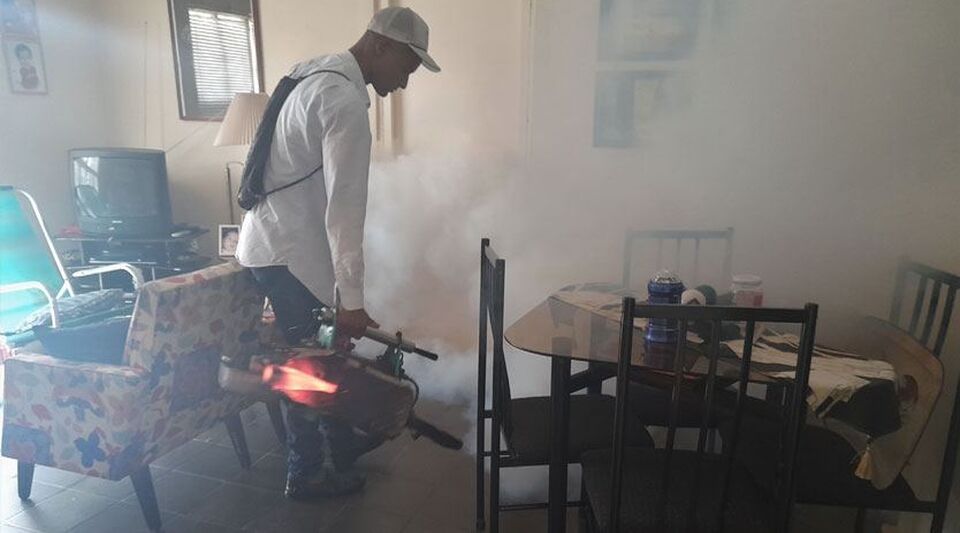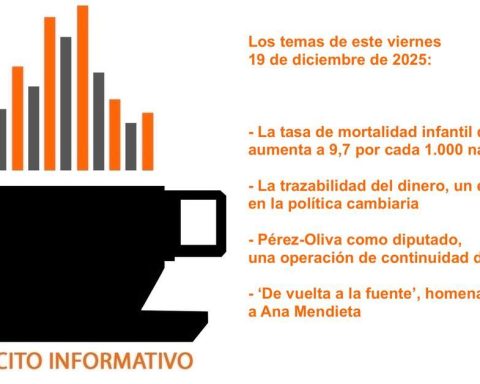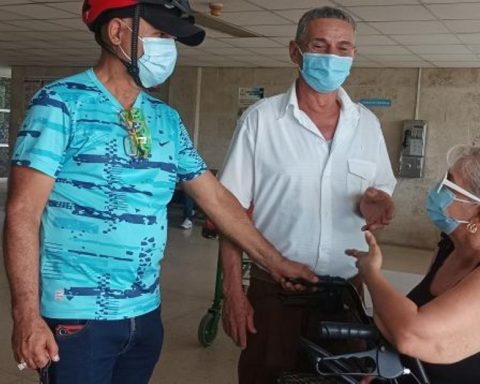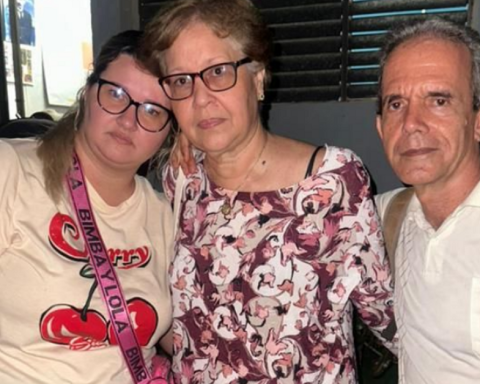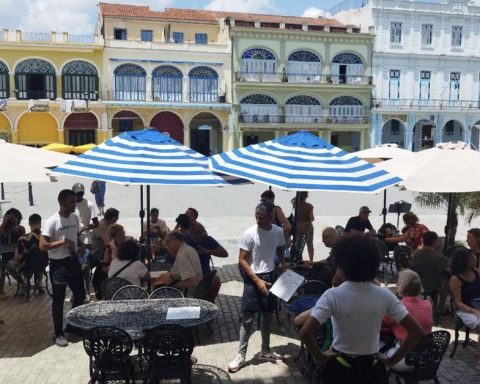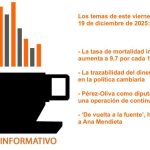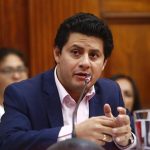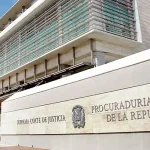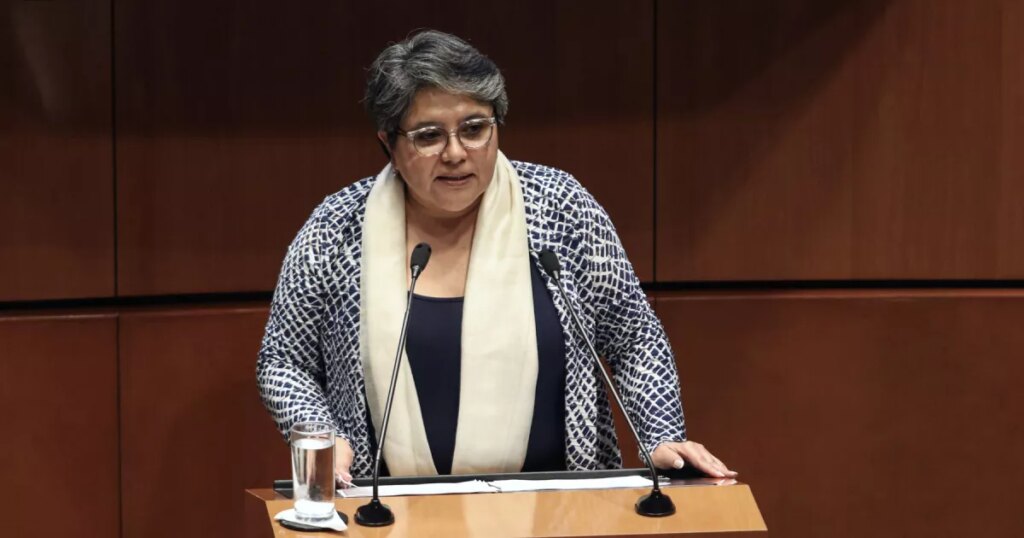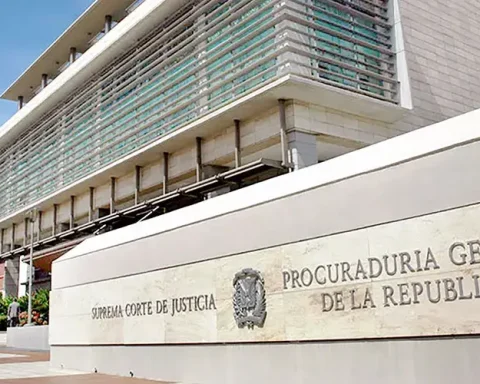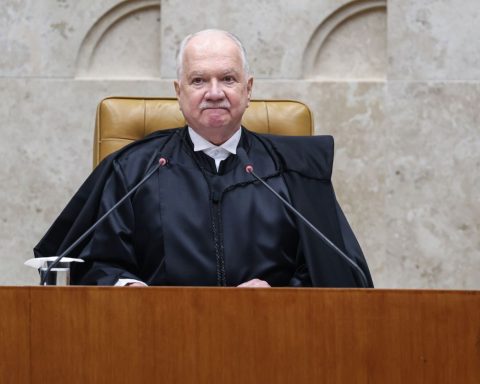With 578 febrile cases identified in the last week, the dengue situation in Ciego de Ávila continues to be the most critical on the island. Local statistics, offered fragmentarily by authorities, are the only indicator available to gauge the magnitude of the disease in Cuba, a country whose government refuses to reveal the total number of infections.
A extensive report published by the official newspaper Invasive He is pessimistic about the possibility of reducing the outbreaks and admits that the infestation index rose to 0.37, from the 0.05 that the Ministry of Public Health considers “permissible.” All municipalities have cases, but there is a higher incidence in Morón, Ciro Redondo, Baraguá, Majagua and the provincial capital.
In the face of the health crisis and the poor conditions in hospitals, Cubans continue to avoid entry and opt for domestic treatment, which is complicated by the lack of medicines. In Ciego de Ávila, serotype 2 (DEN-3) is common, the one that most frequently transforms into hemorrhagic dengue “when it seems that the symptoms are decreasing.”
In addition, the newspaper regrets, in the municipalities “doors that close before fumigation or inspection” are common, and the authorities must “juggle” so that the few supplies available to carry out the endless “campaign against the mosquito”. The most common excuses, they point out, are that the resident “has an asthmatic child”, “is busy” or “cooking”.
As if that were not enough, there is a lack of mosquito nets on the Island, essential to prevent mosquito bites at night, and patients do not usually respect the rest that is prescribed for them.
As if that were not enough, there is a lack of mosquito nets on the island, essential to prevent mosquito bites at night, and patients do not usually respect the rest that is prescribed for them.
The Provincial Deputy Director of Hygiene, Epidemiology and Microbiology of Ciego de Ávila, José Luis López González, described the fumigation process in the municipalities. First, a “blockade” is carried out around the residence of the diagnosed case, consisting of the application of an “adulticide” poison against the Aedes Aegypti mosquito in neighboring houses, which allows “using the chemical product without oil”, which is also missing.
Then, they proceed to fumigate with sprinklers only the house and not the block. Regarding this measure, López González admits that “the population distrusts its scope”, although he assures that “it is effective. A mosquito that lands, dies.”
The authorities insist that most of the outbreaks are located inside the houses, in containers with water or for animals, and there are few who, like Maricel Ramos, one of the supervisors of the fumigation operators of the Onelio Hernández popular council, in Ciego de Ávila, they believe that the greatest responsibility lies in “garbage dumps, in vacant lots, in sewage water and in that derived from leaks.”
The article criticizes those Cubans who have decided not to go to hospitals and who, in many cases, do not affect the statistics of those infected. Most of the patients diagnosed as serious, indicates López González, had already spent several days at home without going to the doctor.
The article criticizes those Cubans who have decided not to go to hospitals and who, in many cases, do not affect the statistics of those infected.
Invasive recognizes that interruptions in the counting of cases due to lack of reagents in the laboratories are common, which, “logically”, lowers the rates of those affected. In six hours of daily work, the Provincial Microbiology Laboratory can process around 50 samples, but without the necessary conditions and materials, no statistics really reflect the seriousness of the situation. “The numbers, sometimes, do not tell the whole truth,” says the provincial newspaper.
In Ciego de Ávila, the Suma technique (Ultra Micro Analytical System) is implemented, which has allowed analyzes to be carried out in the municipalities, “with no major setbacks than the ups and downs with the reagents,” softens the newspaper.
The authorities have come to accept home treatment, a “wild card” – as the newspaper describes it – to reserve hospital facilities for the most serious patients, who present vomiting, diarrhea, abdominal pain and bleeding, as well as children.
To all this, in meeting of the temporary working group for the control of dengue and covid-19, the Minister of Public Health, José Ángel Portal Miranda, stated with the usual triumphalism that the disease had decreased by 13.2% compared to the previous week.
He did not mention Ciego de Ávila, Camagüey and Isla de la Juventud, which reported more cases. Nor at this meeting did the country’s leadership offer the number of infections that the island has, a figure that the Cuban government has treated with the utmost secrecy.
________________________
Collaborate with our work:
The team of 14ymedio is committed to doing serious journalism that reflects the reality of deep Cuba. Thank you for joining us on this long road. We invite you to continue supporting us, but this time becoming a member of our journal. Together we can continue transforming journalism in Cuba.
